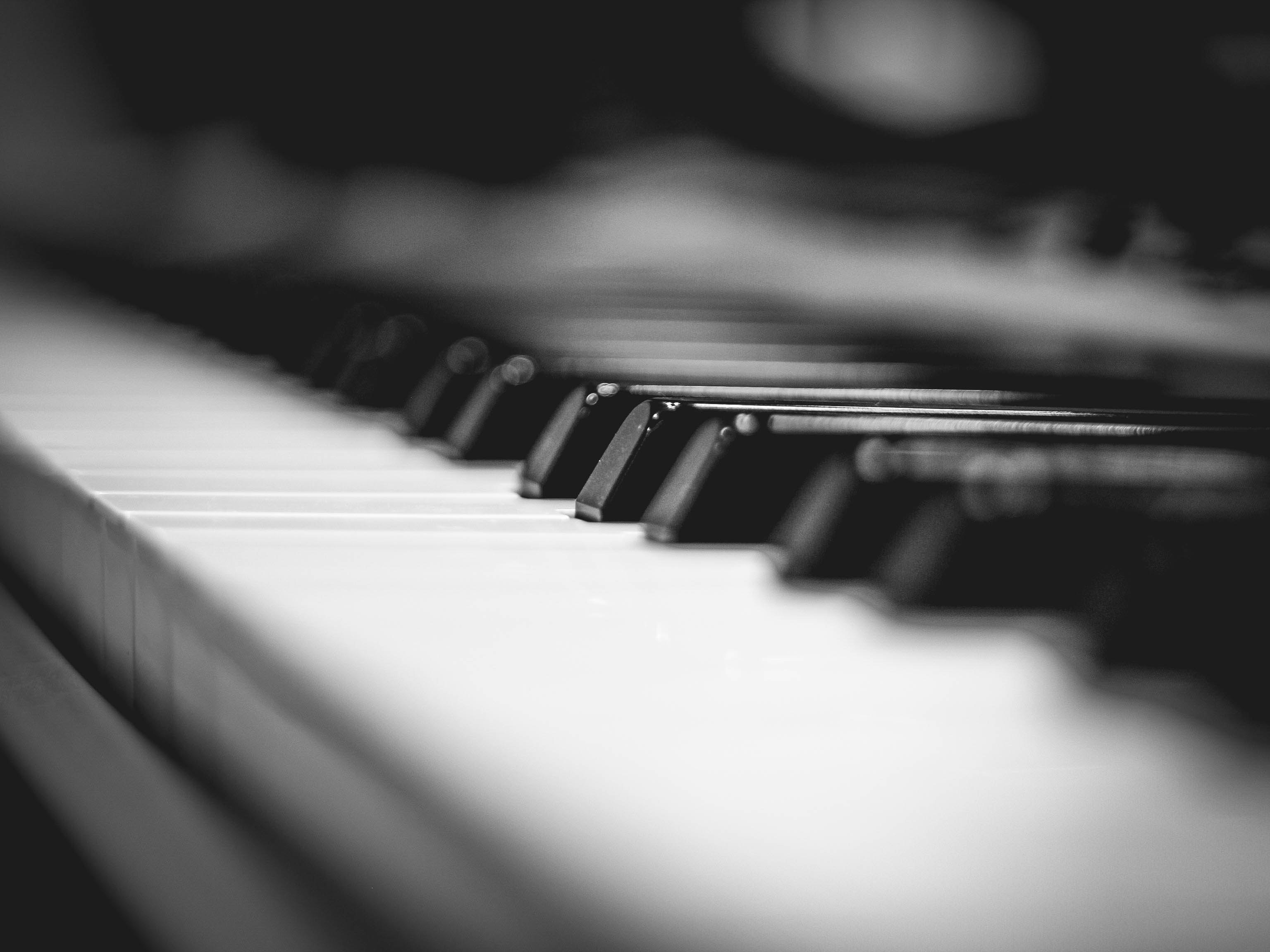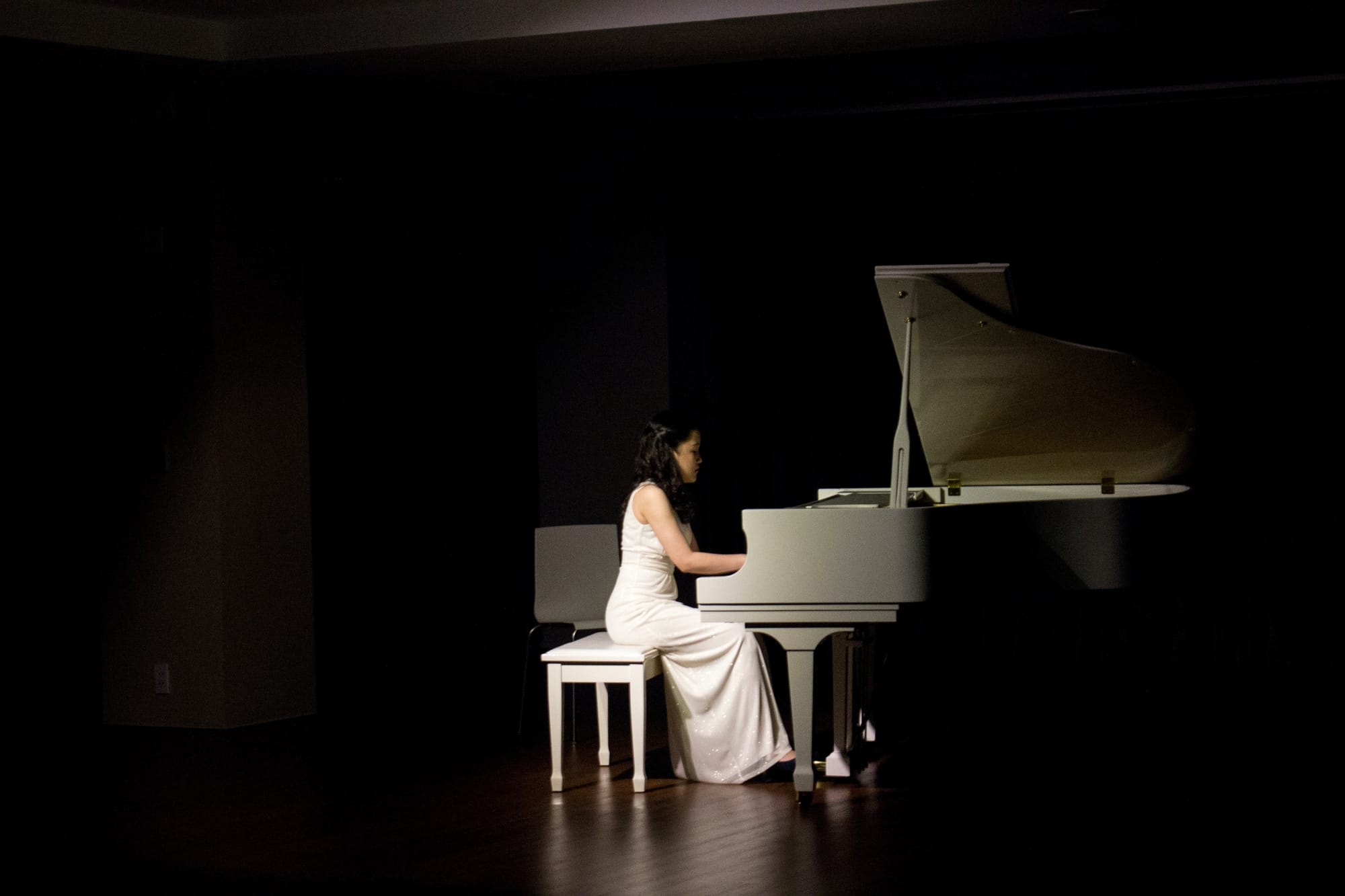
Guide to the Fugue: A Revolutionary Compositional Style
The fugue has fascinated composers, performers, students and audiences for centuries. Its structure and the intellectual rigor required for its composition and performance make it an aspirational form of music to pursue. In this blog post, we will explore the history of the fugue, highlight significant works, discuss the genre's difficulty level, and provide an in-depth look at its form.
Students enrolled in piano lessons Houston at Cixi Music Studio learn about the fugue, and we cover many other forms of classical and modern music as well! For information about violin lessons, voice lessons, or something else, please get in touch.
History of the Fugue as a Musical Form
The fugue's origins can be traced back to the Renaissance, but it reached its peak during the Baroque period. Initially, the term 'fugue' was used interchangeably with 'canon,' both representing contrapuntal compositions. The fugue evolved from imitative counterpoint, a style where a musical idea is echoed and developed by successive parts. Johann Sebastian Bach, a Baroque composer, elevated the fugue to new artistic heights, demonstrating its potential for complexity and expressiveness.
Structure and Form
A fugue typically starts with a single voice presenting the main theme, known as the 'subject.' This is followed by a second voice introducing the subject at a different pitch, called the 'answer.' Subsequent voices enter in a similar manner. The interplay of these voices forms the complex texture characteristic of a fugue.
The fugue is divided into sections: the exposition, episodes, and a final section. In the exposition, each voice presents the subject and answer in turn. The episodes provide contrast, often introducing new material or fragments of the subject. These sections alternate, leading to a climactic final section where the subject reappears, often in a powerful and conclusive manner.
Prominent Fugues and Composers
Johann Sebastian Bach is undeniably the master of the fugue. His "Well-Tempered Clavier," a collection of preludes and fugues in all 24 major and minor keys, remains a monumental work in the genre. The "Art of Fugue," an unfinished work consisting of 14 fugues, showcases Bach's mastery of counterpoint and his intellectual depth.
Other notable composers who contributed significantly to the fugue genre include Dietrich Buxtehude, whose fugues influenced Bach, and Wolfgang Amadeus Mozart, who explored the fugue form in his later works, such as the Fugue in C minor, K. 546. Ludwig van Beethoven also incorporated fugues in his later works, including the famous "Grosse Fuge" for string quartet, Op. 133.
Difficulty Level of the Fugue
The fugue is renowned for its difficulty, both in composition and performance. Composers must possess a deep understanding of counterpoint and the skill to weave multiple independent lines into a cohesive and compelling musical narrative. For performers, particularly keyboardists, fugues demand a high level of technical proficiency and interpretative insight. The performer must articulate each voice clearly, maintaining the balance and interplay essential to the fugue's texture.
Understanding Fugue Form in Performance
Performing a fugue requires not just technical skill but also a profound understanding of its structure and style. Here are some key aspects to consider:
Clarity of Voices
Each voice in a fugue must be distinct and clear. This requires careful control of articulation and dynamics, ensuring that the subject and its entries are always recognizable.
Contrast in Episodes
The episodes in a fugue often provide contrast to the strict counterpoint of the subject entries. Performers should highlight these contrasts, bringing out any new thematic material or changes in mood.
Building Momentum
A successful performance of a fugue involves building momentum towards the climactic final section. This can be achieved through gradual dynamic build-up, variations in tempo, or emphasizing key modulations.
Expressive Interpretation
Beyond the technical precision, a fugue should be an expressive and engaging musical experience. Interpreting the emotional nuances within the rigorous structure is what elevates a performance from merely accurate to truly captivating.
The Legacy of the Fugue
The fugue's influence extends beyond its peak in the Baroque period. It has appeared in various forms in the works of later composers like Dmitri Shostakovich in his "Preludes and Fugues," Op. 87, and even in modern compositions, demonstrating its enduring appeal and versatility. Its principles of thematic development and counterpoint have influenced numerous other musical forms and genres.
Start Learning a Fugue Today
Fugues can be tough - and you need the guidance of a qualified piano teacher in Katy, TX if you want to dive into this genre. Get in touch for information about lessons, and we would be thrilled to work with you and help you reach your musical goals.





